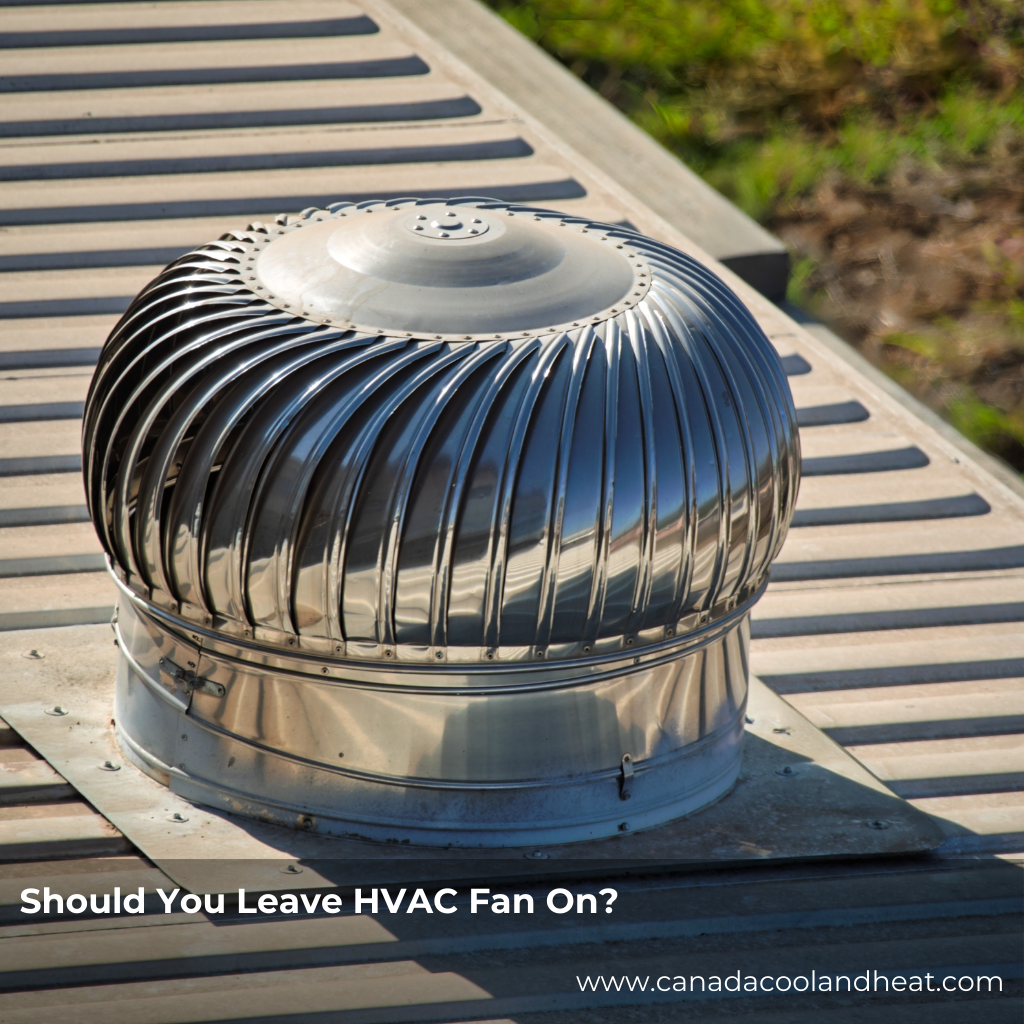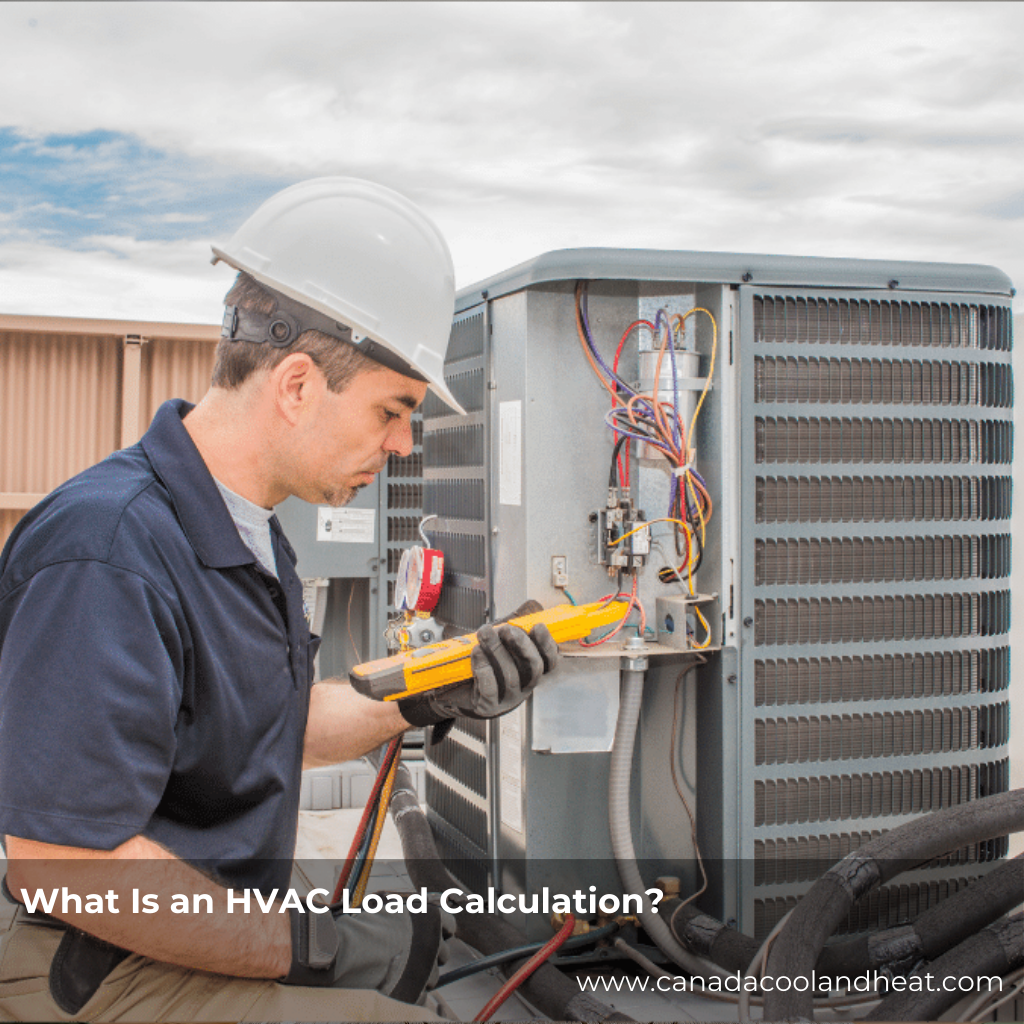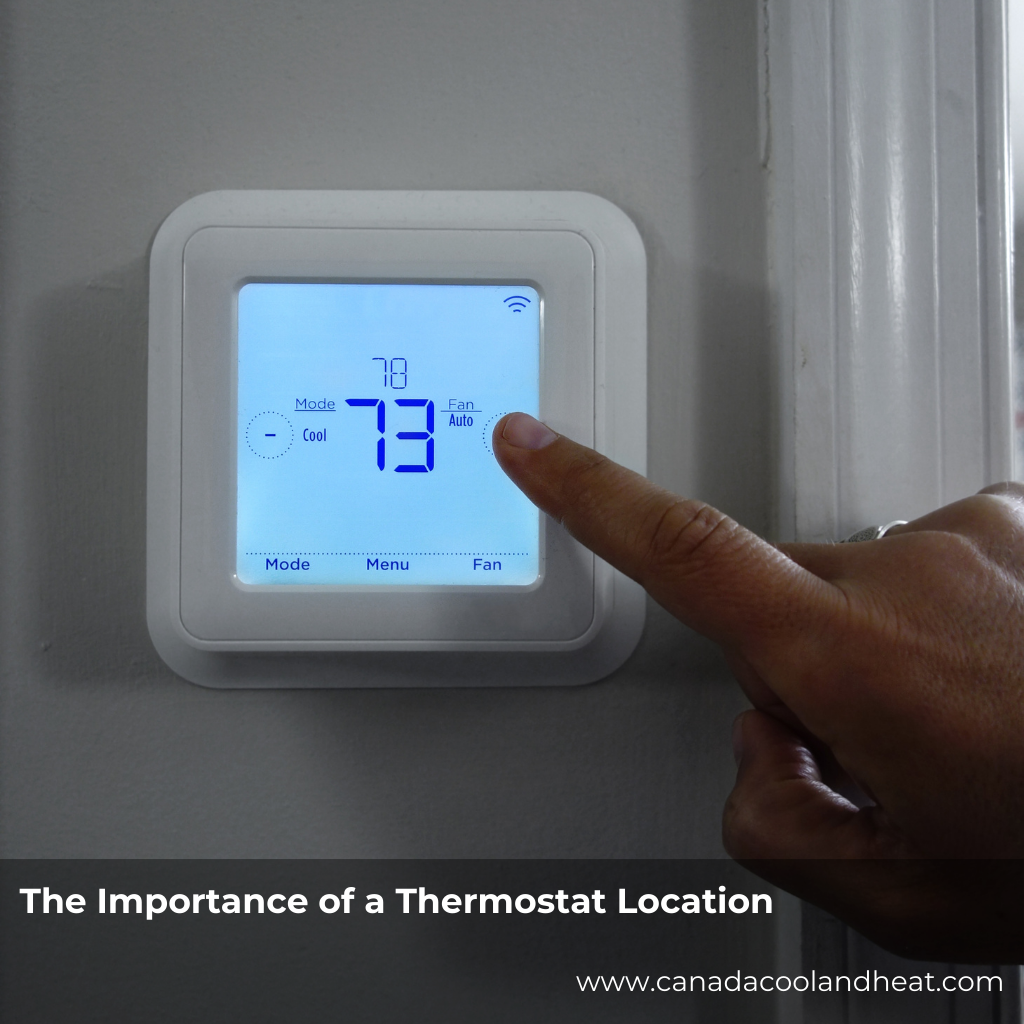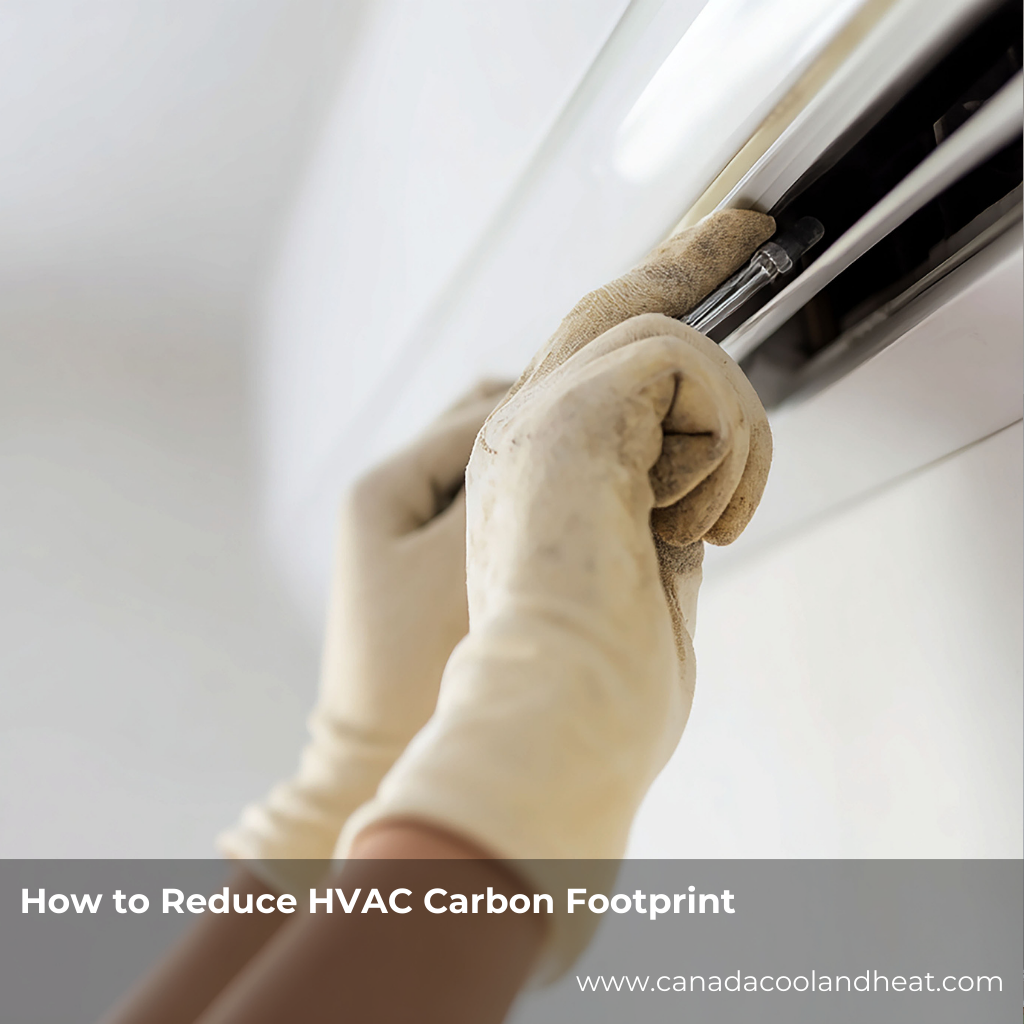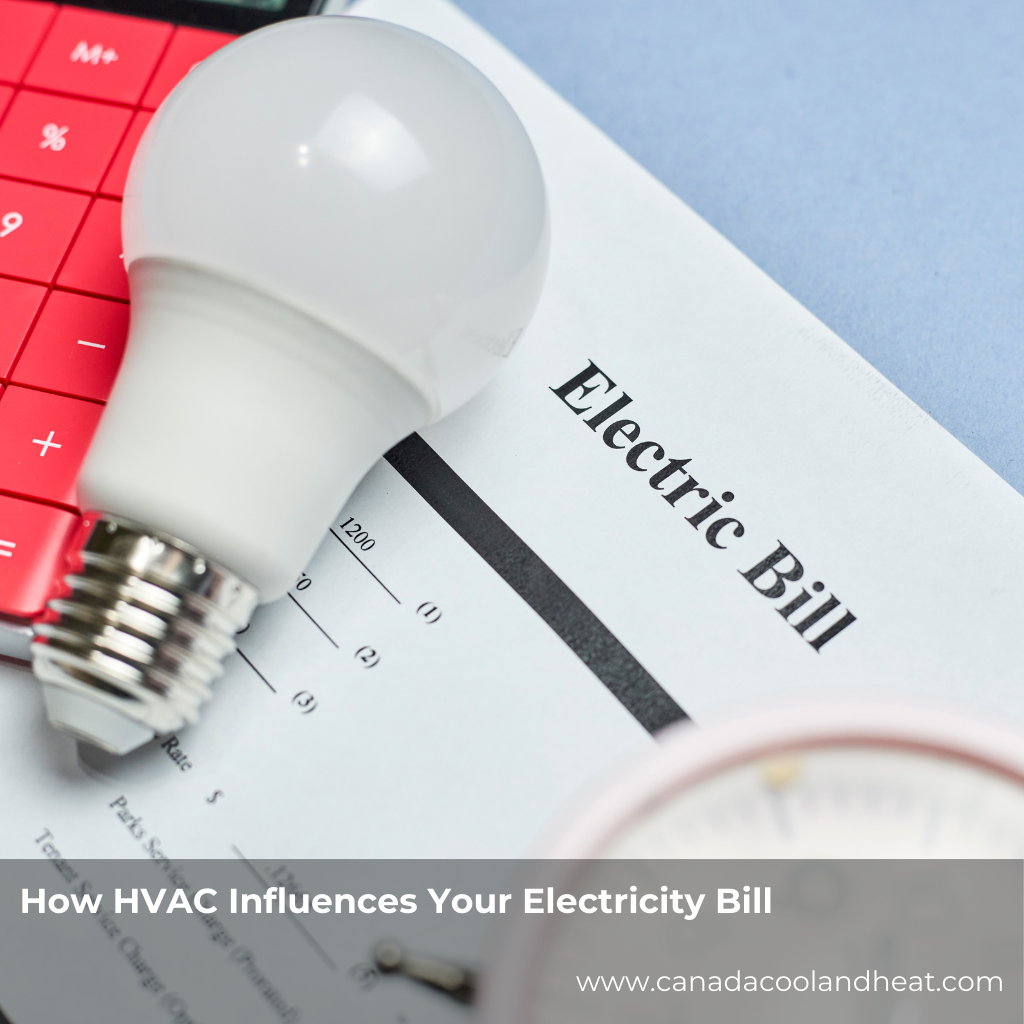Why Proper Ventilation Matters in Kitchens
Cooking releases much more than aromas. Here’s what’s in the air when the stove is on:
-
Moisture: Boiling water adds humidity, which can stress your HVAC system.
-
Smoke & Grease: Frying produces tiny airborne particles that cling to walls and ceilings.
-
Odors & Gases: Without ventilation, smells linger—and gas stoves release byproducts like nitrogen dioxide.
A well-designed vent hood HVAC kitchen setup pulls these contaminants out before they spread through the house. The goal is simple: improve indoor air quality while keeping your HVAC system balanced.
The Role of Range Hoods in HVAC Balance
Your range hood is essentially a localized exhaust system. It captures air directly above the cooking surface and vents it outdoors—or filters and recirculates it (in ductless models).
But here’s the catch:
-
Powerful range hoods can move 600+ cubic feet of air per minute (CFM).
-
That’s a lot of conditioned air being pulled out of your home.
-
If your HVAC system isn’t balanced, this creates negative pressure.
Negative pressure can lead to:
-
Drafts from windows and doors.
-
Pulling in dust, pollen, and unfiltered air.
-
In extreme cases, backdrafting—when combustion appliances (like water heaters) pull exhaust gases back into the home.
So while a hood keeps your kitchen clean, it also changes how your HVAC system breathes.
Should You Leave the HVAC Fan On?
Leaving your HVAC fan set to “On” means it runs continuously, circulating air through the system. Many homeowners wonder if this helps ventilation when cooking.
Pros of Leaving It On:
-
Keeps air moving, preventing hotspots.
-
Filters particles more frequently through your HVAC filter.
-
Helps distribute fresh, ventilated air from the kitchen throughout the home.
Cons:
-
Increases energy use.
-
Can spread cooking odors more quickly if your hood isn’t capturing enough air.
-
May make HVAC balancing trickier in homes with large, powerful hoods.
👉 The bottom line: Your range hood should always be the first line of defense during cooking. Use the HVAC fan as a supporting player—turning it on can help, but it’s not a replacement for proper kitchen ventilation.
Sizing Guidelines for Kitchen Range Hoods
Choosing the right hood size is where many homeowners (and even some builders) slip up. Too weak, and it won’t capture enough smoke. Too strong, and it disrupts HVAC balance.
Here’s a simple guideline:
-
Electric ranges: 100 CFM for every 10 inches of stove width.
-
Gas ranges: Add up the total BTUs of your burners, divide by 100, and that’s your CFM.
-
Typical residential kitchens: 250–600 CFM is common.
Example:
-
A 36-inch gas range with burners totaling 60,000 BTUs.
-
60,000 ÷ 100 = 600 CFM hood needed.
Ductwork matters too:
-
Keep ducts as straight and short as possible.
-
Use smooth, rigid metal—not flex duct.
-
Match duct size to the hood’s outlet (often 6–10 inches).
Balancing Range Hoods with HVAC Systems
If your hood is on the high end (600+ CFM), you’ll want to talk to your HVAC professional about make-up air systems. These bring in fresh, conditioned air to replace what the hood removes—keeping pressure balanced.
Some modern homes even integrate range hoods with HVAC controls, so both systems work together.
Quick Tips for Healthy Kitchen Air
-
Always run the hood while cooking (and a few minutes after).
-
Clean grease filters regularly for maximum efficiency.
-
Crack a window when using high-powered hoods if you don’t have make-up air.
-
Keep up with HVAC filter changes—cooking particles shorten filter life.
-
Consider upgrading to variable-speed hoods for quieter, more efficient performance.
Conclusion
So, should you leave your HVAC fan on? The answer is: sometimes. It can help circulate and filter air, but the real star is your range hood. By sizing it correctly, maintaining it, and balancing it with your HVAC system, you’ll enjoy fresher air, fewer odors, and a more comfortable home.
Call to Action: Thinking about upgrading your kitchen ventilation? Talk to an HVAC professional about range hood sizing and balancing—it’s the smartest way to protect both your air and your comfort.
FAQs
1. Do I need a range hood if I have a strong HVAC system?
Yes. HVAC systems circulate air but don’t capture grease, smoke, or cooking byproducts at the source.
2. What’s the difference between ducted and ductless hoods?
Ducted hoods vent outside, while ductless models filter and recirculate air back indoors. Ducted is more effective for indoor air quality.
3. How do I know if my hood is too powerful?
If you notice drafts, whistling from doors, or your fireplace backdrafting, your hood may be overpowering your home’s air balance.
4. Can leaving the HVAC fan on improve cooking ventilation?
It helps distribute filtered air, but it doesn’t replace a properly sized hood. Use it as a supplement, not a substitute.
5. How often should I clean range hood filters?
At least once a month for heavy cooking, or every 2–3 months for lighter use.
6. Do gas stoves require stronger ventilation than electric?
Yes. Gas produces combustion byproducts (like nitrogen dioxide) that require higher CFM capture.
7. What’s a make-up air system?
It’s a device that brings in fresh air to balance what the hood exhausts—important for hoods above 400–600 CFM.
8. Is it bad to oversize a hood?
Yes, because it can cause negative pressure and energy waste. Balance is key.
9. Can I install a hood without professional help?
Small ductless models are DIY-friendly, but ducted hoods (especially high-CFM) should be installed by professionals.
10. Should I upgrade my HVAC system if I install a stronger hood?
Not always, but you may need modifications like make-up air to keep pressure balanced.

